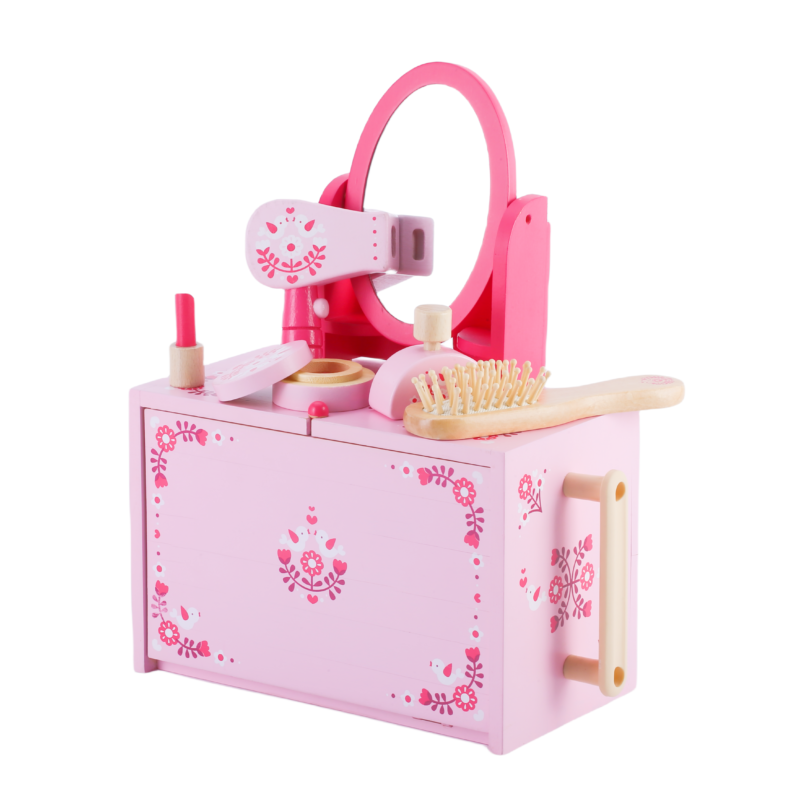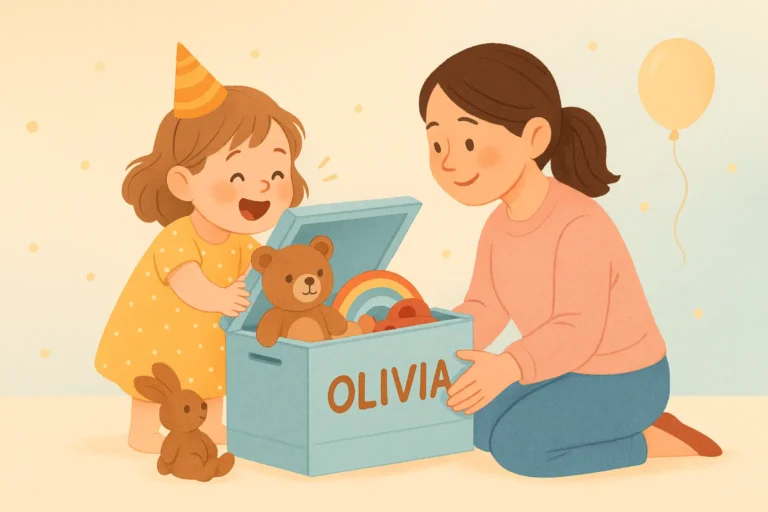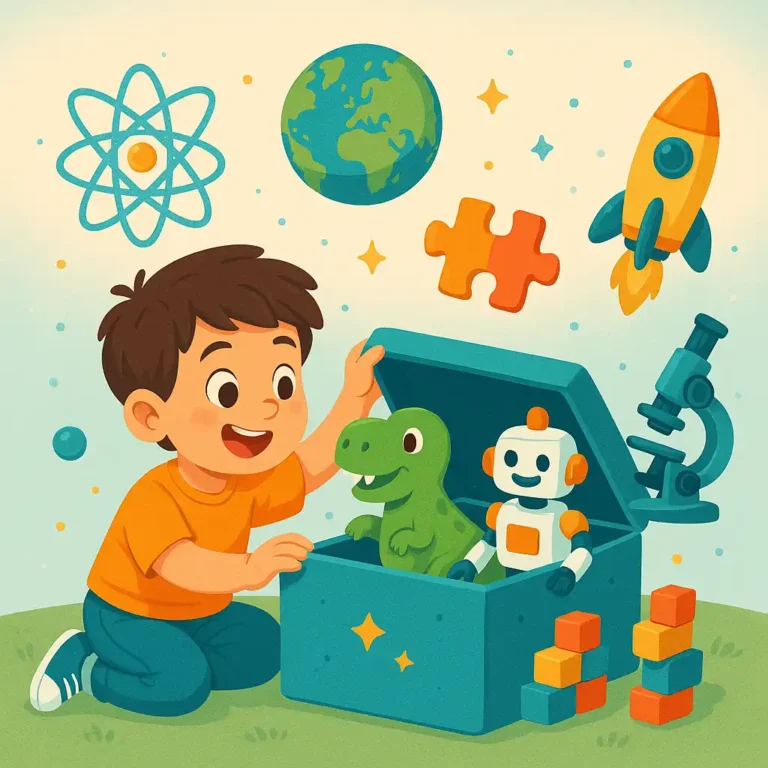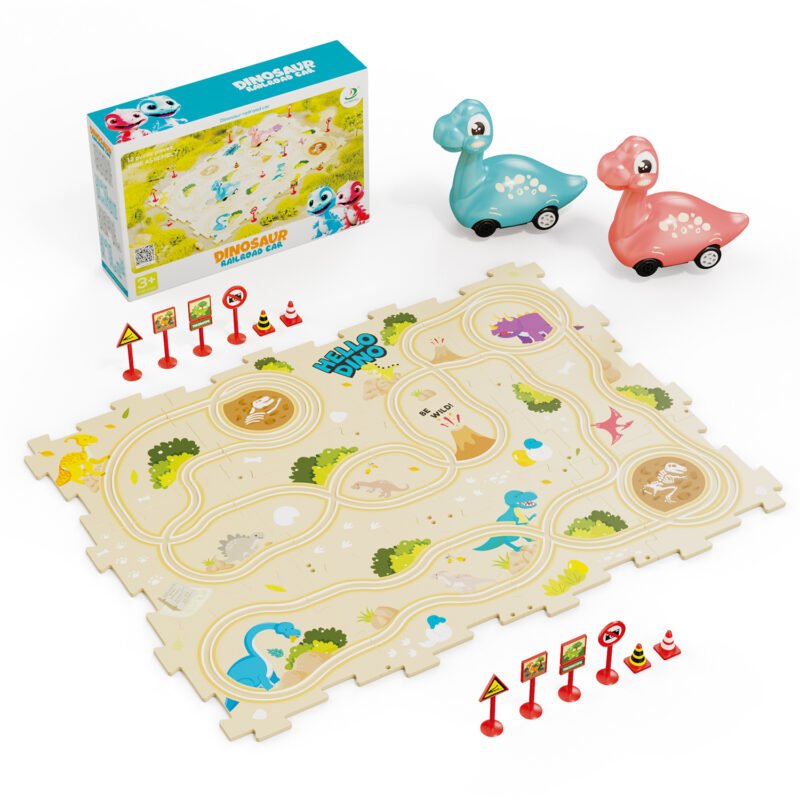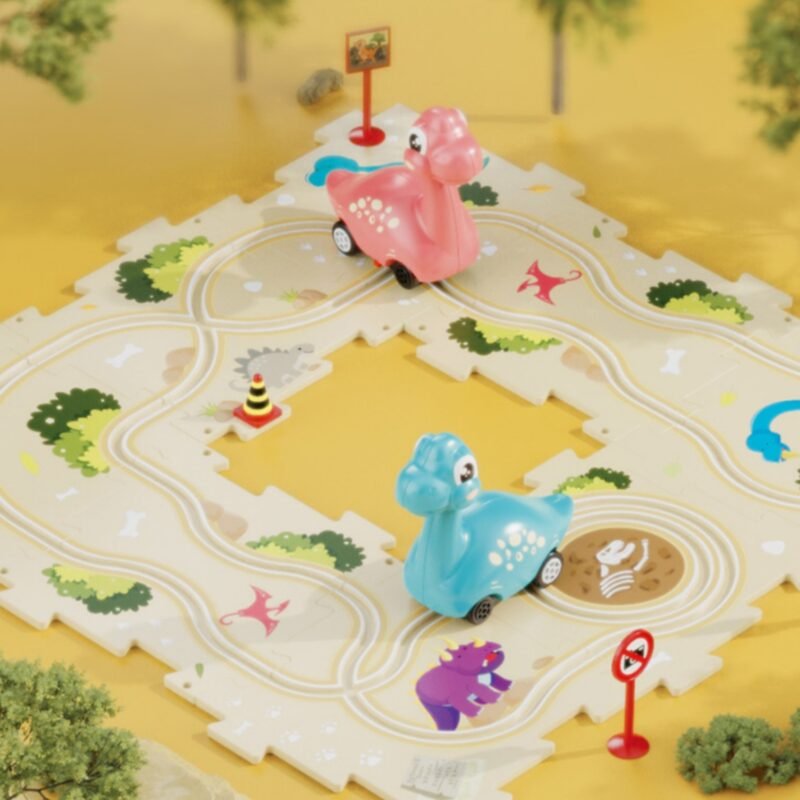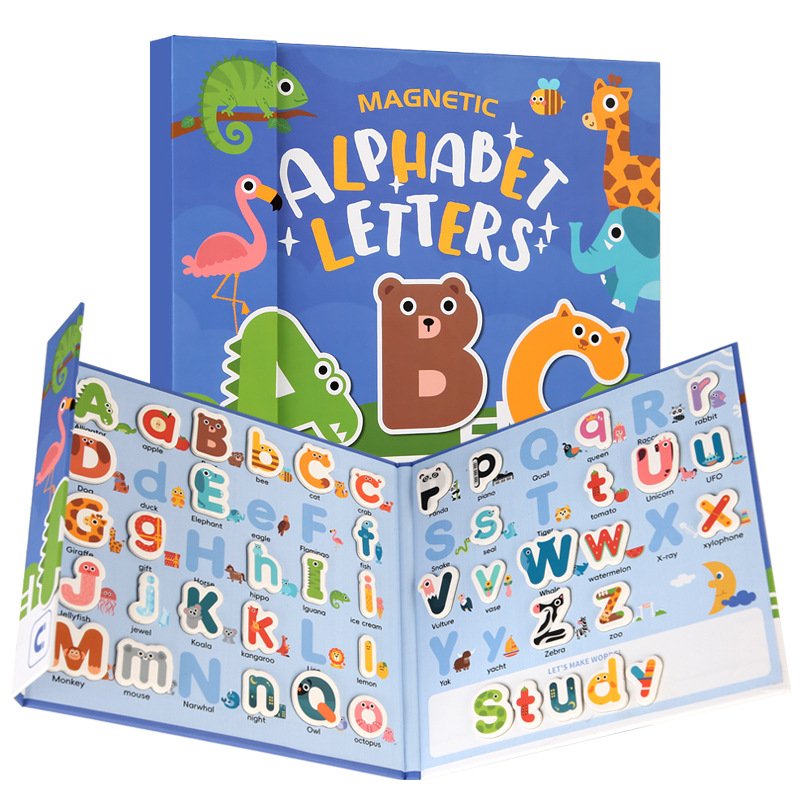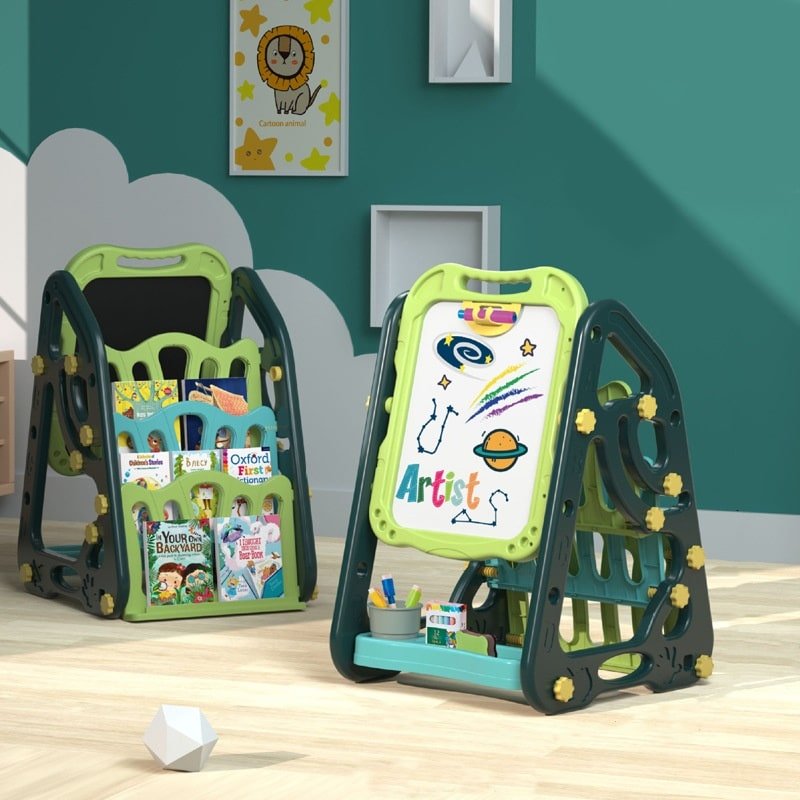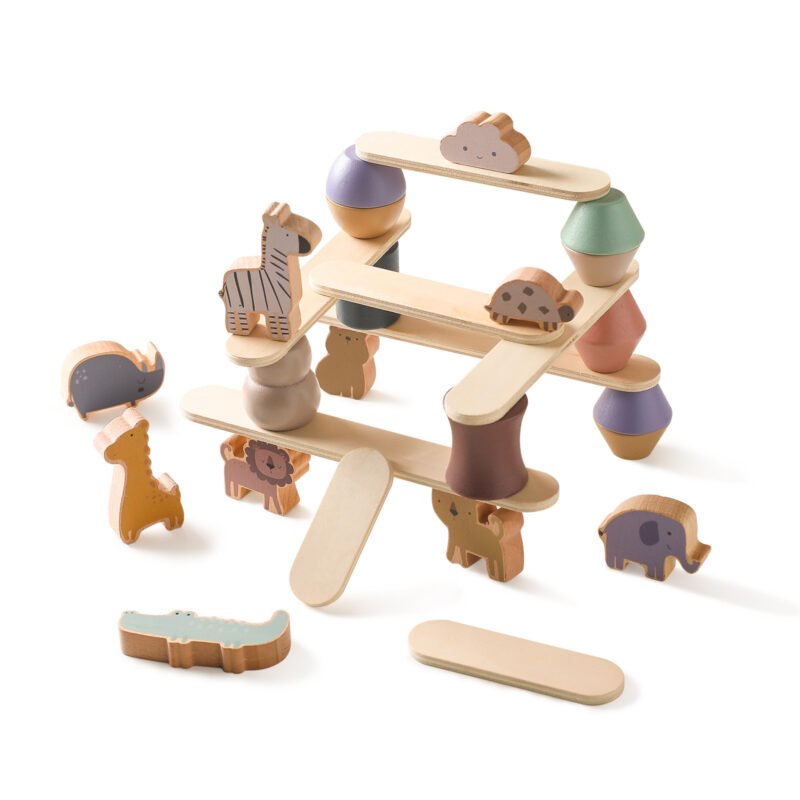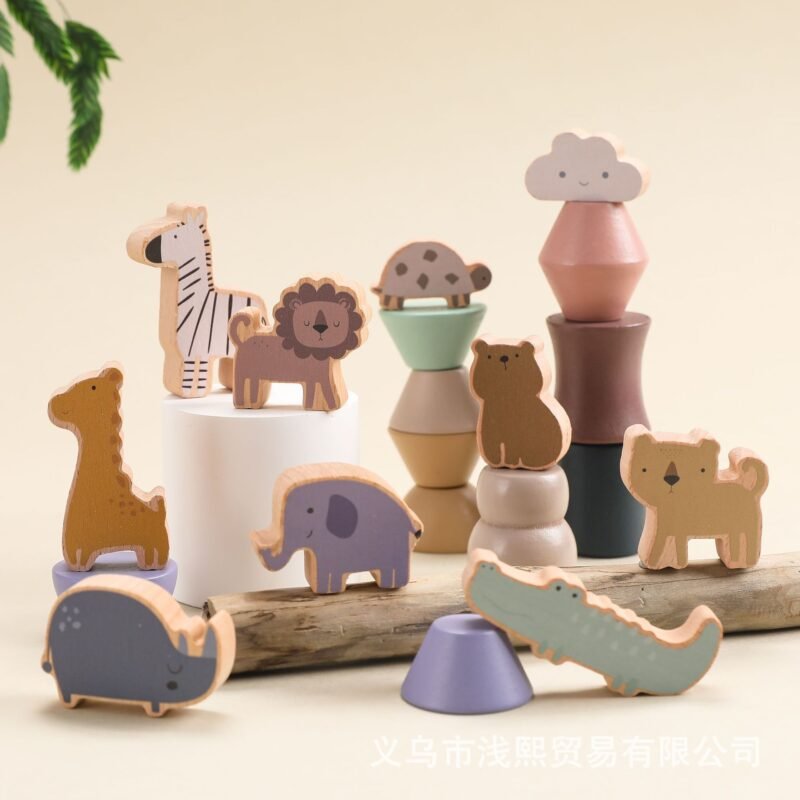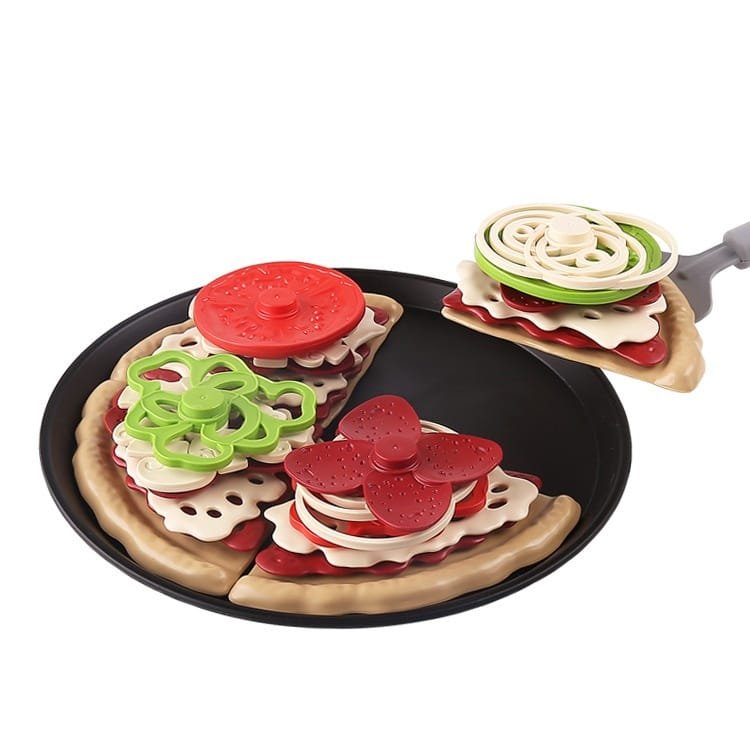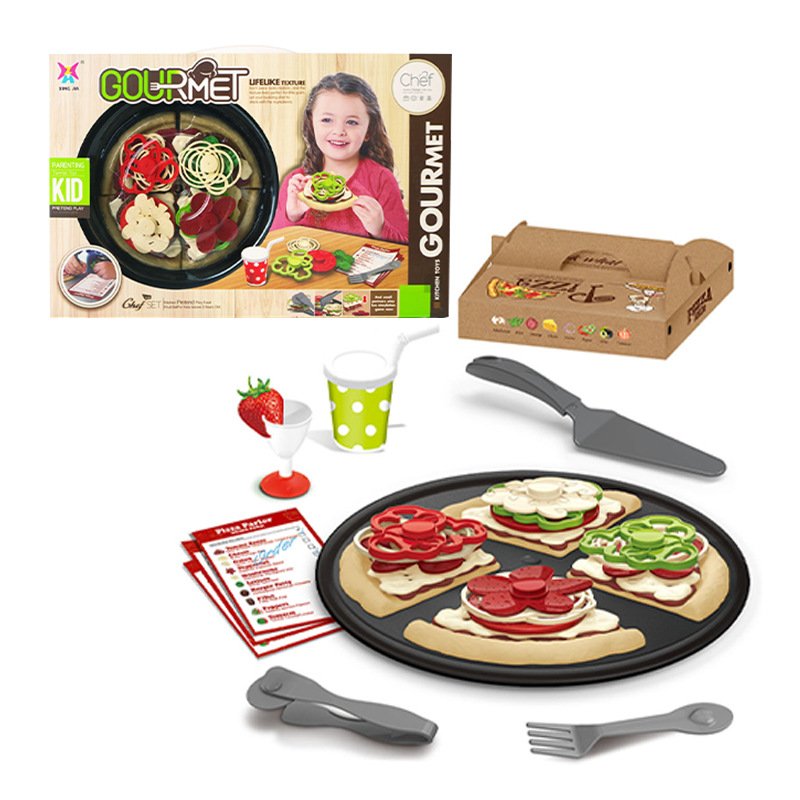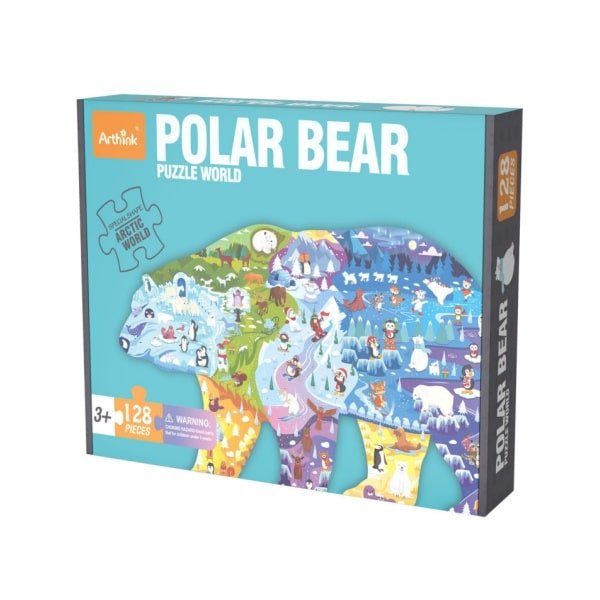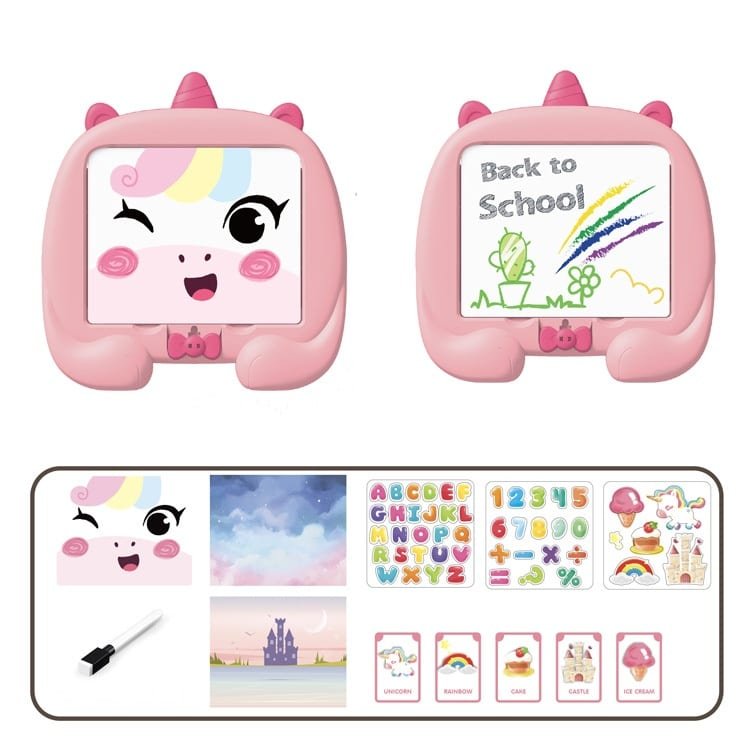Introduction
Diving into the world of toys, it’s clear that not all playthings are created equal. In a landscape overflowing with options, pretend play toys stand out as a cornerstone of childhood development, blending imagination with the building blocks of brilliance. Welcome to “Beyond Playtime: Choosing Pretend Play Toys That Foster Brilliance,” a guide meticulously crafted for parents who see play as the first step toward their child’s bright future.
In this deep dive, we explore the science behind pretend play, unveiling how these toys do much more than entertain; they shape minds, build emotional intelligence, and lay the groundwork for future innovators. We’ll curate an essential library of pretend play toys, guiding you through the selection process to ensure every addition to your child’s playroom is purposeful and enriching.
Age is more than just a number when it comes to developmental milestones, and our discussion on age-appropriate choices will help you navigate the vast sea of options to find toys that grow with your child. In an era where technology reigns supreme, we also explore how high-tech toys can harmonize with traditional play to spark creativity and engagement in ways previously unimaginable.
The role of a parent is pivotal in pretend play, and we delve into strategies for meaningful engagement that not only amplifies the fun but also the learning. We’ll look beyond the immediate joy of play to understand how these early experiences are foundational stones for success, encouraging problem-solving, creativity, and resilience.
Sustainability and safety take center stage as we advocate for eco-friendly and non-toxic choices, ensuring that playtime is not only enriching but also responsible. Our journey through cultural diversity in toys will open doors to a world where play is as much about understanding and inclusivity as it is about fun.
For the hands-on parents and DIY enthusiasts, we offer inspiration to customize play experiences, turning ordinary spaces into extraordinary worlds of imagination. And because navigating this landscape can be daunting, we’ve gathered expert picks and reviews, a compass to guide you to the toys that child development specialists applaud for their impact and innovation.
Join me as we embark on this adventure “Beyond Playtime,” where each toy, each play session, is a stepping stone to brilliance. Let’s transform playtime into a journey of discovery, shaping the leaders, thinkers, and innovators of tomorrow.
The Science of Pretend Play
Pretend play is not just a fundamental aspect of childhood; it’s a critical driver of developmental milestones. It allows children to explore roles, scenarios, and emotions in a safe and controlled environment. This exploration is vital for developing cognitive flexibility, problem-solving skills, and empathy. Pretend play toys, such as doctor’s kits or kitchen sets, act as tools that enable children to role-play various scenarios, encouraging them to think creatively and develop social skills as they interact with others.
Curating Your Child’s Pretend Play Library
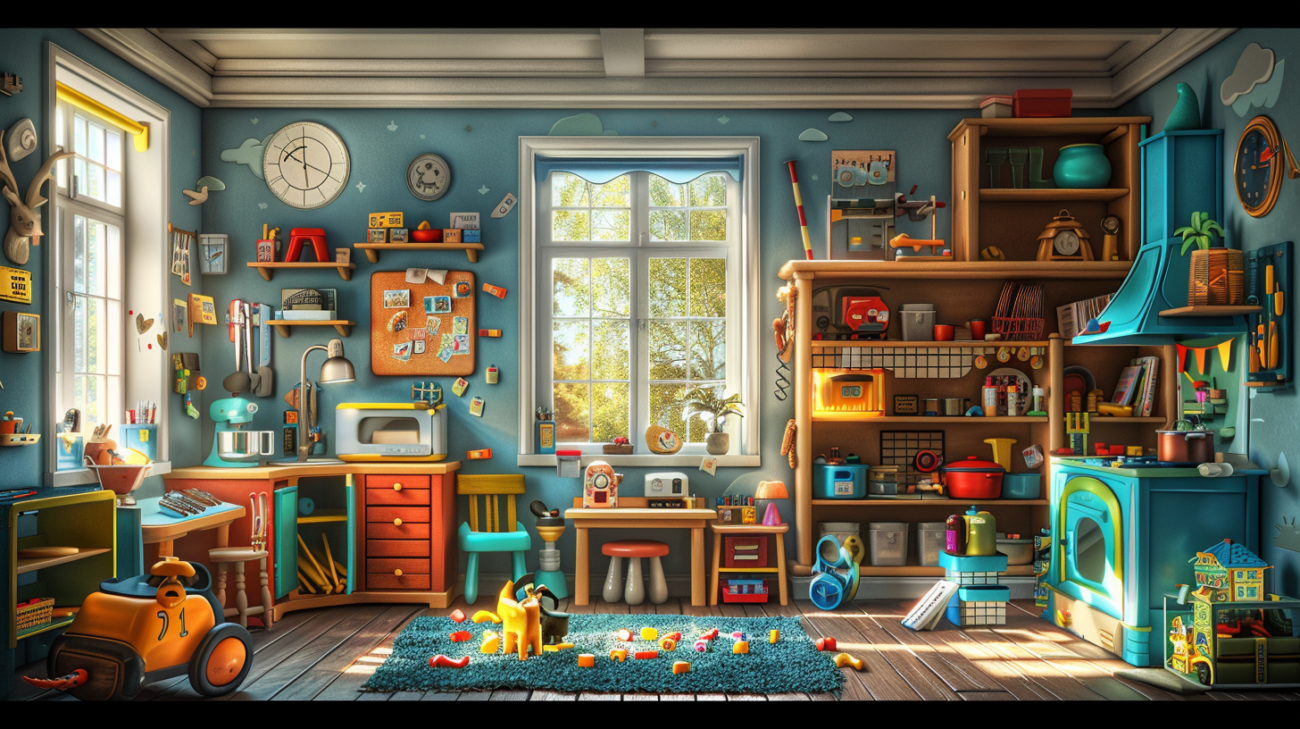
Just like books, pretend play toys contribute to a child’s intellectual and emotional development. Parents should consider toys that offer a range of experiences, from solitary to social play, and from serene to complex scenarios. The goal is to build a diverse “library” of toys that stimulates different aspects of the child’s growth, encouraging them to explore new ideas and perspectives. This collection might include everything from simple dress-up costumes to elaborate playsets that mimic real-life settings.
Age-Appropriate Choices
Selecting toys that align with your child’s developmental stage is crucial. Younger children might benefit from toys that develop fine motor skills and basic problem-solving abilities, such as simple toolsets or cooking stations. As children grow, more complex pretend play toys can be introduced, challenging their cognitive skills and fostering more sophisticated social interactions. This section can provide guidelines on choosing toys that are challenging yet accessible for different age groups.
The Role of Parents in Pretend Play: Engaging with Your Child to Maximize Benefits

Parental involvement in pretend play can significantly enhance its developmental benefits. By participating in play, parents can guide their children through complex scenarios, helping them navigate social cues and problem-solving challenges. This involvement also strengthens the parent-child bond and provides insights into the child’s interests and developing personality. Tips for parents can include how to follow the child’s lead in play, when to introduce new ideas, and how to use play as a teaching moment without diminishing the fun.
Sustainable and Safe Play

Choosing toys that are environmentally friendly and safe for children is becoming increasingly important. This section can guide parents toward selecting toys made from sustainable materials and non-toxic paints, ensuring that playtime is not only beneficial for their child but also for the planet. Additionally, highlighting the importance of durability and longevity in toys can encourage a mindset of quality over quantity.
Customizing Pretend Play Experiences
DIY projects and custom play spaces can make pretend play even more engaging. This section can offer ideas for parents to create unique play scenarios using household items, or how to build a dedicated space that stimulates their child’s imagination. Encouraging customization allows children to take ownership of their play environment, further enhancing the creative and developmental benefits of pretend play.
Expert Picks and Reviews
Finally, navigating the vast selection of pretend play toys can be overwhelming for parents. This section can compile a list of highly recommended toys, based on expert reviews and developmental criteria. Highlighting award-winning toys or those with positive feedback from child development specialists can help parents make informed decisions, ensuring they choose toys that are not only enjoyable but also enriching.
Pretend play toys are not merely tools for entertainment; they’re instrumental in fostering a child’s development in multiple key areas. Here are three compelling examples that highlight the diverse benefits of engaging with pretend play toys:
Enhancing Language and Communication Skills
Example: Doctor Play Set A classic example of a pretend play toy that significantly benefits children is the doctor play set. Engaging with this toy, children often mimic conversations between a doctor and their patients, which encourages them to expand their vocabulary as they learn new words and phrases related to health, anatomy, and empathy. They also practice turn-taking and listening skills, crucial components of effective communication. A study published in the “Journal of Applied Developmental Psychology” found that children who engage in complex pretend play demonstrate advanced language usage, including higher levels of narrative structure and speech clarity. This illustrates how pretend play toys like a doctor set can directly contribute to a child’s linguistic growth and interpersonal communication skills.
Promoting Cognitive Development
Example: Kitchen Play Sets Kitchen play sets are a fertile ground for cognitive development. As children pretend to cook, follow recipes, or manage a restaurant, they engage in activities requiring planning, problem-solving, and organization. This form of play helps develop executive function skills, which are crucial for academic success and everyday decision-making. Moreover, engaging with kitchen sets can introduce basic math concepts, such as counting, measurement, and fractions, in a practical and enjoyable context. Research supports the notion that pretend play is linked to improved cognitive flexibility and higher levels of creativity, as it encourages children to think in abstract ways and explore various outcomes within their imaginative scenarios.
Bright Morning Wooden Pop-up Toaster Playset for kids
Fostering Social and Emotional Intelligence
Example: Dress-Up Clothes and Role Play Dress-up clothes and role-play activities are excellent tools for social and emotional development. By taking on different roles, such as a firefighter, teacher, or superhero, children experiment with various social roles and perspectives. This not only helps them understand different viewpoints but also aids in developing empathy and emotional intelligence. Through role-play, children learn to negotiate, cooperate, and resolve conflicts, which are vital social skills. A comprehensive review highlighted in “Early Childhood Research Quarterly” suggests that pretend play is pivotal in developing social competence and emotional maturity. It allows children to experience a range of emotions in a controlled environment, helping them learn how to express and manage feelings effectively.
These examples underscore the multifaceted benefits of pretend play toys, demonstrating their role in language development, cognitive growth, and the cultivation of social and emotional intelligence. Through these toys, children gain essential life skills in a natural and enjoyable way, highlighting the importance of pretend play in early childhood development.
Here’s a table showcasing the benefits of different categories of pretend play toys, their recommended age ranges, and the skills they help develop:
| Toy Category | Key Benefits | Age Range | Skills Developed |
|---|---|---|---|
| Doctor Play Set | Enhances language and communication skills, teaches empathy and medical knowledge. | 3-6 years | Language development, interpersonal communication, empathy |
| Kitchen Play Set | Promotes cognitive development, introduces basic math concepts, encourages planning and organization. | 3-7 years | Cognitive flexibility, basic math skills, problem-solving |
| Dress-Up Clothes | Fosters social and emotional intelligence, enhances empathy, negotiation, and conflict resolution skills. | 3-8 years | Social competence, emotional intelligence, creativity |
Conclusion
In conclusion, the power of pretend play in shaping young minds cannot be overstated. Through the magic of imagination and the right toys, we can open doors to endless possibilities, laying the foundation for our children to grow into brilliant, empathetic, and creative individuals. As parents, selecting the right pretend play toys becomes not just a matter of providing entertainment, but a crucial investment in our children’s future. By choosing toys that stimulate, educate, and inspire, we give our children the tools they need to explore, dream, and become the architects of their own destinies. Let us embrace the joy and richness of pretend play, and watch as our children blossom into the leaders, thinkers, and innovators of tomorrow. Remember, the journey to brilliance begins with play.
Explore the World of Imagination:
“Ready to unlock a world of endless creativity and developmental growth for your child? Dive into our curated selection of the finest pretend play toys that foster brilliance. Click here to find the perfect toy that will not just entertain but also educate. Let’s embark on this journey of imagination together!”
FAQs on Pretend Play Toys
Q1: At what age should children start engaging with pretend play toys?
A1: Children can start engaging with simple pretend play toys as early as 18 months. By the age of 2 to 3 years, most children are ready for more structured pretend play, and their interest in such toys usually peaks around ages 4 to 6 years.
Q2: How do pretend play toys benefit child development?
A2: Pretend play toys stimulate imagination and creativity, enhance language and communication skills, promote cognitive development, and foster social and emotional intelligence. They help children understand the world around them by allowing them to mimic adult roles and activities.
Q3: Can pretend play toys help with emotional regulation?
A3: Yes, through role-playing and storytelling, children can explore various emotions and scenarios, which helps them understand and manage their own emotions better. This process is essential for emotional regulation and empathy development.
Q4: Are high-tech pretend play toys better than traditional ones?
A4: Not necessarily. Both high-tech and traditional pretend play toys have their benefits. High-tech toys can offer interactive experiences and adapt to the child’s actions, while traditional toys encourage a more open-ended use of imagination. A balance between the two can provide a rich play environment.
Q5: How can parents choose the best pretend play toys for their children?
A5: Consider toys that are age-appropriate, safe, and align with your child’s interests. Look for toys that encourage creativity, problem-solving, and social interaction. Reading reviews and expert recommendations can also help in making an informed decision.
Q6: How important is parent involvement in pretend play?
A6: Very important. Parent involvement can enrich the play experience significantly. By participating in pretend play, parents can guide their children, introduce new concepts, and ensure play remains constructive and educational.
Q7: Can pretend play toys be used for educational purposes?
A7: Absolutely. Many pretend play toys are designed with educational themes in mind, such as science kits, math games, and language learning. They can introduce and reinforce concepts in a fun and engaging way.
Q8: Are there any risks associated with pretend play toys?
A8: The main risks involve safety concerns with smaller parts (choking hazards) and ensuring the toy’s material is non-toxic. Supervision and choosing toys that meet safety standards can mitigate these risks.
Q9: How can pretend play toys be incorporated into a child’s routine?
A9: Set aside regular times for play and encourage children to choose which toys they wish to play with. Creating a dedicated play area can also help integrate pretend play into daily routines.
Q10: Can pretend play toys be used to improve social skills?
A10: Yes, pretend play toys that encourage group play can help children develop vital social skills like sharing, cooperation, and conflict resolution. Role-playing also helps them understand different perspectives and enhances empathy.
These FAQs aim to provide a comprehensive understanding of the value and implementation of pretend play toys in nurturing a child’s development.


